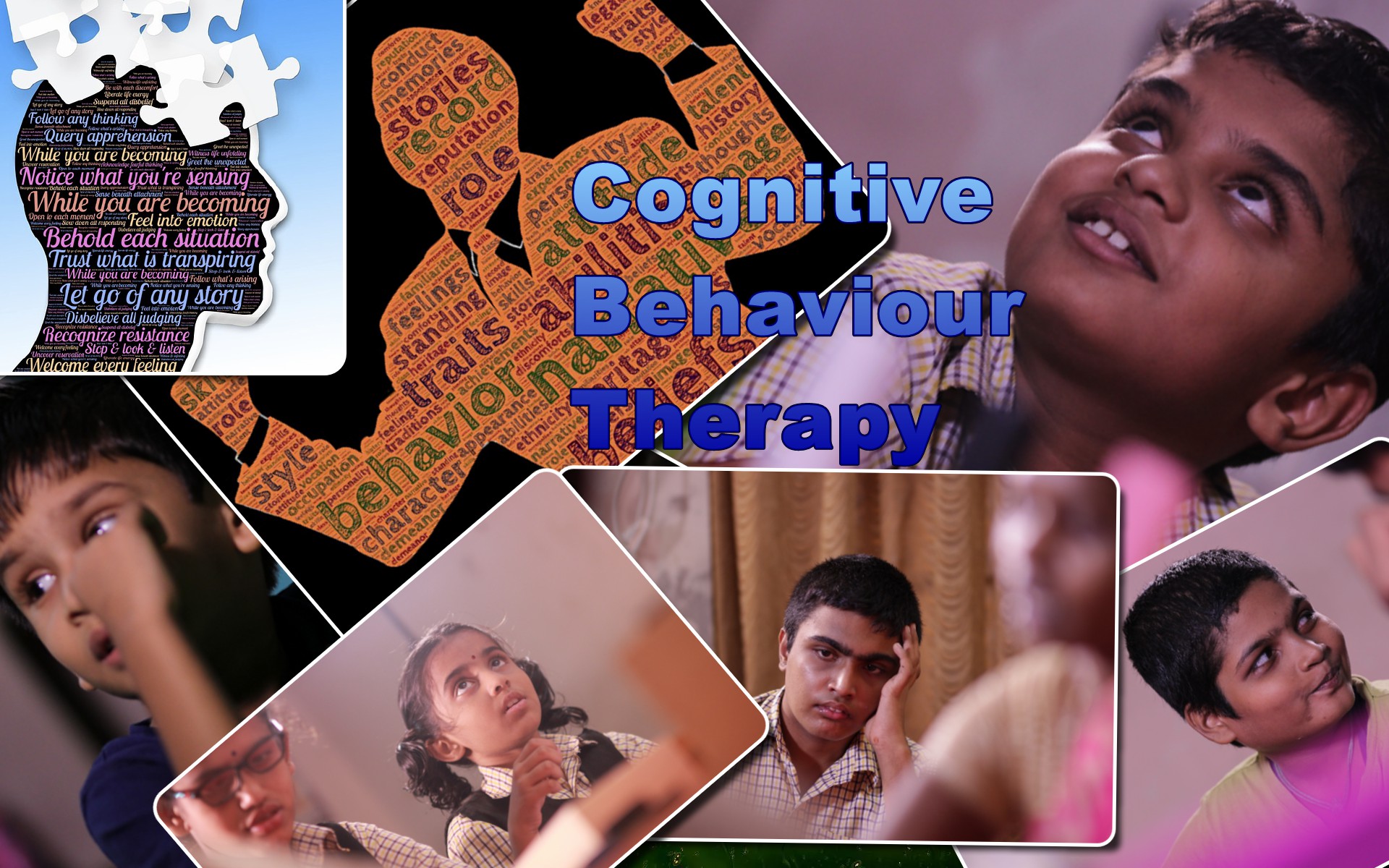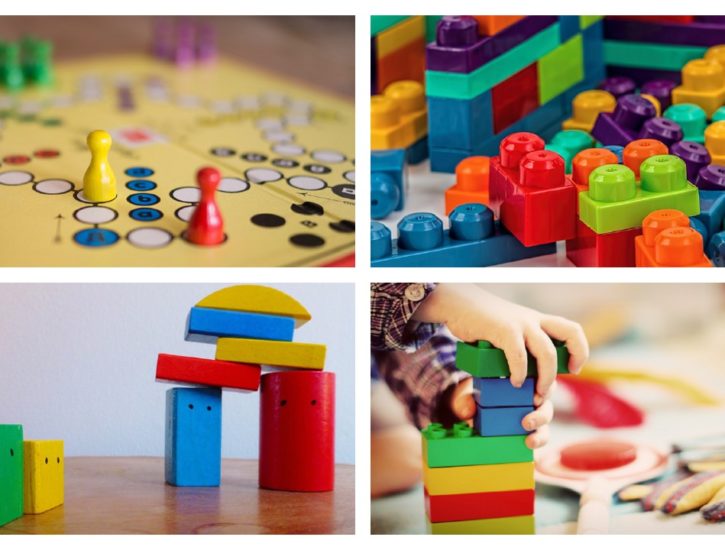
Cognitive Behaviour Therapy
COGNITIVE BEHAVIORAL THERAPY.
Cognitive Behavioral Therapy (CBT) is a talking therapy that can help people to manage their problems by changing the way they think and behave.
CBT is designed to help people notice and understand how their thoughts, behaviors’ and emotions affect each other. It is also designed to help them learn new ways of thinking about and responding to distressing situations.
The therapist breaks down problems into feelings, thoughts and actions to work out which are unhelpful or unrealistic. The therapist then teaches the client how to replace those feelings, thoughts and actions with more helpful and realistic ones.
There are numerous interventions for people on the autism spectrums which are based on, or which incorporate, the principles of CBT.
These include multi-component CBT programmed such as Behavioral Interventions for Anxiety in Children with Autism; Exploring Feelings; and Facing Your Fears.
BEYOND BEHAVIOUR
Therapies based on the science of behavior have been effective for people of all ages, and are an essential item in any mental health professionals toolkit. They only go so far, however. Human beings are “meaning makers.” That is, their behavior is not just the result of stimulus and response or reward and punishment. They take in what is happening around them and give it meaning, loaded with emotion. Then they behave.
CBT takes into account the thoughts (or cognitions) we have about things, the feelings that result, and the behavior that follows.
CBT: A POWERFUL APPROACH
ADAPTING CBT FOR ASD
In recent years, there have been a number of attempts to adapt CBT for children and teens on the autism spectrum. The focus has often been on those who also have anxiety because this is so common in individuals with ASD.
One challenge was to find out whether children with ASD have the skills necessary to succeed at CBT. Fortunately, it appears they do. A study published in 2012 evaluated the cognitive skills of children with ASD and compared them to those of typical children. The children with ASD had the skills required for CBT in almost every instance. They were able to distinguish thoughts, feelings, and behaviors, and to work on altering their thoughts. Their only area of difficulty was in recognizing emotions.
In addition, traditional CBT tends to require strong linguistic and abstract thinking abilities, and these can be a challenge for individuals on the autism spectrum. Realizing this, researchers have worked to develop modifications to CBT that render it more ASD-friendly, such as making it more repetitive, as well as visual and concrete.
 For example, instead of merely asking children to verbally rate their anxiety on a scale of 1 to 10, the therapist might have a thermometer showing anxiety from low to high and have the participants point to the prop to illustrate how high their anxiety is around a certain situation. Another strategy is to focus on the children’s talents and special interests, which helps keep them engaged and motivated, and to build in frequent movement breaks or sensory activities for those who might have problems with attention or sensory under- or over-reactivity.
For example, instead of merely asking children to verbally rate their anxiety on a scale of 1 to 10, the therapist might have a thermometer showing anxiety from low to high and have the participants point to the prop to illustrate how high their anxiety is around a certain situation. Another strategy is to focus on the children’s talents and special interests, which helps keep them engaged and motivated, and to build in frequent movement breaks or sensory activities for those who might have problems with attention or sensory under- or over-reactivity.
CBT can be delivered in a variety of ways: individual, family, group, or even family and group. The advantage of group CBT is that individuals with ASD learn that others are struggling with the same issues, and they begin to overcome them together. Friendships and social support gained through this process may be healing in themselves.
The advantage of family CBT is that it involves parents, educating them about their child’s challenges and teaching them to encourage use of CBT techniques when real life situations confront their child. This can make them feel more hopeful and confident in their ability to contribute to positive change in their child’s life.
However it recommended that CBT might be appropriate as a treatment for anxiety and depression in many adults on the autism spectrum, as this is in line with existing guidance for those disorders, provided those programmes are modified to meet their specific needs.
It also reported that there is insufficient evidence to determine if CBT is an effective treatment for other coexisting mental health disorders (such as depression) in children on the autism spectrum. However it recommended that CBT could be used for the treatment of those disorders in children on the autism spectrum, as this is in line with existing NICE guidance for those disorders.
Our Opinion
- There is a reasonable amount of high quality research evidence to suggest that multi-component CBT programmes may help reduce the symptoms of anxiety in some primary school children and adolescents on the autism spectrum who have an IQ of 70 or more.
- There is insufficient evidence to determine whether CBT programmes can help any child or adult on the autism spectrum with other issues, such as anger or depression.
- There is insufficient evidence to determine whether CBT programmes can help people with the core features of autism.
- There is insufficient evidence to determine whether CBT programmes can provide any benefit to adults on the autism spectrum.”
- Carrying out a detailed assessment of the individual, including any key strengths and weakness.
- Modifying the therapy to take account of the needs of that individual, including any strengths and weaknesses.
- Use of a longer assessment phase and an increased number of treatment sessions to help the initial engagement with the therapist, to enhance emotional literacy, and to practice, consolidate and generalise the techniques learnt.
- Using a range of appropriate measures to evaluate the effectiveness of the therapy.






